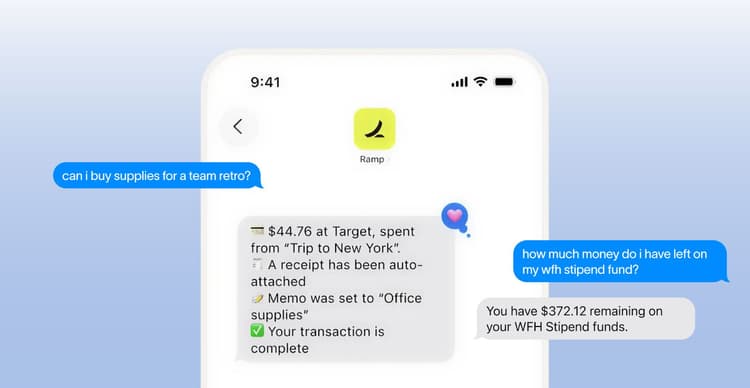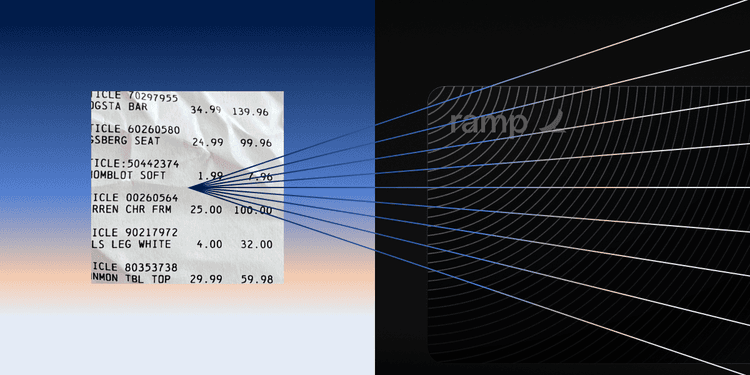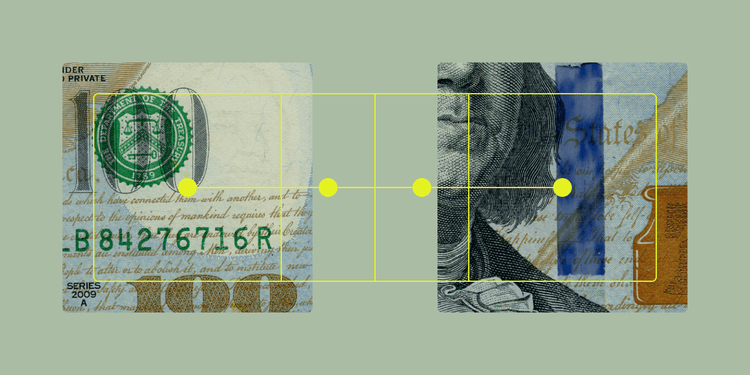Expense management
Skip the mind-numbing expense reports and chasing people for receipts. Learn smarter ways to manage expenses.
 Article
Article35 essential business expense categories for businesses of all sizes

Fiona Lee
Former Content Lead, Ramp
Latest

ARTICLE
How Ramp’s million-plus users finish expenses in under 15 seconds
With Ramp, employees can ask policy questions, complete expenses, and submit them on the go, often without even opening the app. That saves everyone time and money.

ARTICLE
7 best expense management software in December 2025
Expense management software helps streamline your finance operations. See our picks for today's best options, plus tips on how to make the right choice.

ARTICLE
How to create an expense report: Step-by-step guide
Create an expense report by gathering receipts, categorizing expenses, filling out required fields, checking totals, and submitting it for approval.

ARTICLE
Travel expense report: What it is and what to include
A travel expense report is an itemized record of business travel costs (e.g., receipts, trip details, and totals) used for reimbursement and policy compliance.

ARTICLE
What is an expense report?
Expense reports form the foundation of business expense management. Explore our guide to what they are, how to create them, and common mistakes to avoid.

ARTICLE
Expense approval process: What it is and how to automate it
The expense approval process is the workflow for reviewing and approving employee expenses. See how automation reduces delays, errors, and manual work.
Get fresh finance insights, bi-weekly
